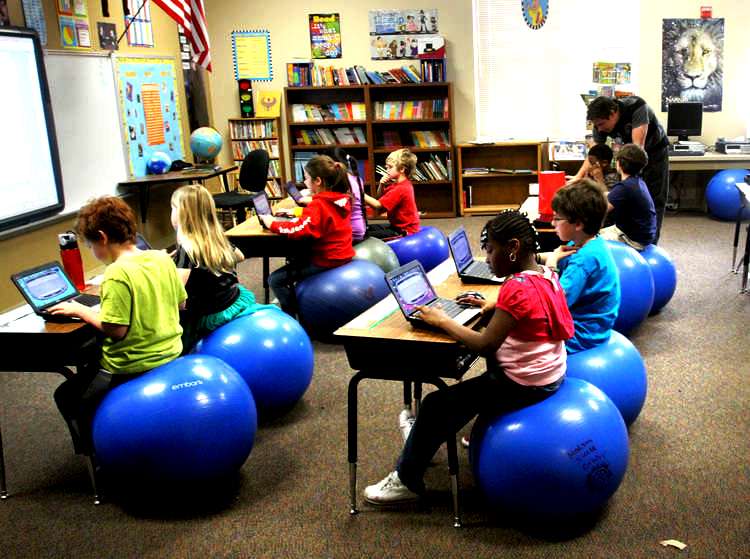 |
| Photo credit to securedgenetworks on Google |
This class, EME2040, was very unique and insightful to up and coming
teachers and the new ways of public schools and new technologies being implemented
in the curriculums of all school ages. Before coming into this class I thought
that I was very technologically advanced when it came to figuring things out
and using technology but to my surprise I was nowhere near being advanced when
it came to understanding technology and all the things it could potentially
provide in all areas to make life easier. To me the learning experience in this
class was extremely helpful, mainly through the projects that we accomplished. I
am a more hands on learner so being in class going over assignment structure
was very hard to get along with; I was often day dreaming I like to stay busy
working on things in class. The projects helped us get our feet in the door
with all the different ways that technology can create ease with learning,
teaching, and communicating for teachers, students, and parents. They helped
open my eyes to different software’s and websites for teachers. As a teacher
your job is to teach and understand each individual student, which can be
challenger and very time consuming but these websites we have visited for
example the wiki; were extremely helpful. I loved our class wiki and the
assignment where we were to create our own with a group was great I feel that
there is so much information at such easy access on the wikis that it is a
great resource to all teachers. The text book for this class was of some help
too. I think that reading over and completing assignments was what taught me
the most effectively, but also going back and doing our journals each week with
the chapters of the book was a good review of what we learned and new sites we
could visit in the future for different areas of help. I have taken away a lot
of information from this class and about uprising technologies in and outside
of the classrooms. It is crazy the ages children are learning things I am just
now figuring out. Technology is an important asset to learning and will only
become a greater success and resource to teachers, students, and parents.
I would
say one of the greatest learning outcomes that I have accomplished through this
class is my new found understanding of how to use copyright images for my own
work.
I
have also learned how to hyperlink different things to certain pages for easy
access due to our lesson plans and powerpoints. I can now also embed pictures
as well as videos in my work on various websites, blogs, and powerpoints in
compliance with completing our teacher wed page, and e-portfolio.
Each project
in class brought forth its own great elements and unique learning objectives
whether it be correctly giving credit to those who have given rights to use
their work (copyright) or embedding different materials in our work to
implement different information from outside resources on the web. All in all
this class was extremely successful in teaching me new things about what
technology holds for us teachers. As this class comes to an end I am taking a
lot with me. I still to this day have symbaloo as my home page and if I do not
have my computer with me I log on to symbaloo wherever I am to easily access
all of my favorite sites!


